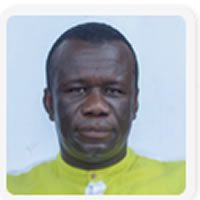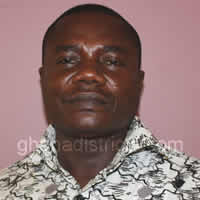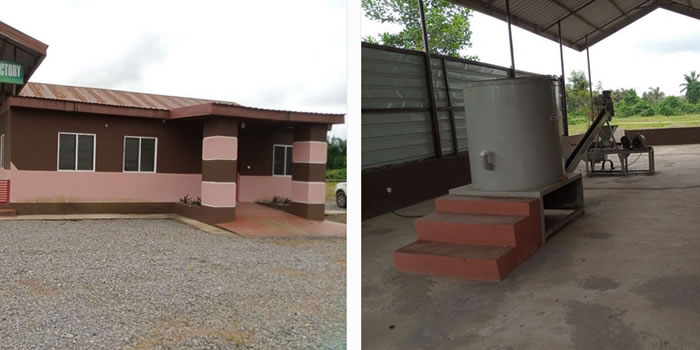

School Attendance
Data was collected on school attendance for all persons three (3) years and older. School attendance refers to whether a person has ever attended, was currently attending or has never attended school. In the census, school meant an educational institution where a person received at least four hours of formal education.
Although the lower age limit of formal education is six years for primary one, eligibility for the school attendance question was lowered to three years because pre-school education has become an important phenomenon in the country.
Level of Education
Level of education refers to the highest level of formal school that a person ever attended or was attending. This information was obtained for persons 3 years and older.
Activity Status
Activity status refers to economic or non-economic activity of respondents during the 7 days preceding census night. Information on type of activity was collected on persons 5 years and older. A person was regarded as economically active if he/she:
a. Worked for pay or profit or family gain for at least 1 hour within the 7 days preceding Census Night. This included persons who were in paid employment or self- employment or contributing family workers.
b. Did not work, but had jobs to return to.
c. Were unemployed.
The economically not active were persons who did not work and were not seeking for work. They were classified by reasons for not being economically active. Economically not active persons included homemakers, students, retired persons, the disabled and persons who were unable to work due to their age or ill-health.
Occupation
This referred to the type of work the person was engaged in at the establishment where he/she worked. This was asked only of persons 5 years and older who worked 7 days before the census night, and those who did not work but had a job to return to as well as those unemployed who had worked before. All persons who worked during the 7 days before the census night were classified by the kind of work they were engaged in. The emphasis was on the work the person did during the reference period and not what he/she was trained to do. For those who did not work but had a job to return to, their occupation was the job they would go back to after the period of absence. Also, for persons who had worked before and were seeking for work and available for work, their occupation was on the last work they did before becoming unemployed. If a person was engaged in more than one occupation, only the main one was considered.
Literacy and Education
This section seeks to find out the literacy levels and educational attainment of all eligible persons captured by the 2010 Population and Housing Census in the District. Literacy is measured by ability to read and write a simple statement in any language with understanding for all persons 11 years and older
Literacy
Literacy is defined as the ability to read and write. In Ghana literacy is achieved mostly through formal education. Figure 3.2 depicts the proportion of literate population 11 years and older. A little over half (57.4%) of the persons 11 years and older are literate in English and Ghanaian language. The proportion of persons literate in English only is 34.0 percent.
Table 3.9 shows the Population 11 years and older by sex, age and literacy status. The Table shows that, more males than females are literate. Majority of the population 11 years and older are literates (85,463) compared with 23,514 who are none literate. Almost two third (57.4%) can read English and Ghanaian Language, while 34.0 percent can read English only. The rest can read and write the other languages. There is a higher proportion (35.6%) of females who are literate in English only than males (32.7%). Again females are more literate in Ghanaian language only than their male counterparts.
Date Created : 11/20/2017 3:10:02 PM












 facebook
facebook
 twitter
twitter
 Youtube
Youtube
 +233 593 831 280
+233 593 831 280 0800 430 430
0800 430 430 GPS: GE-231-4383
GPS: GE-231-4383 info@ghanadistricts.com
info@ghanadistricts.com Box GP1044, Accra, Ghana
Box GP1044, Accra, Ghana